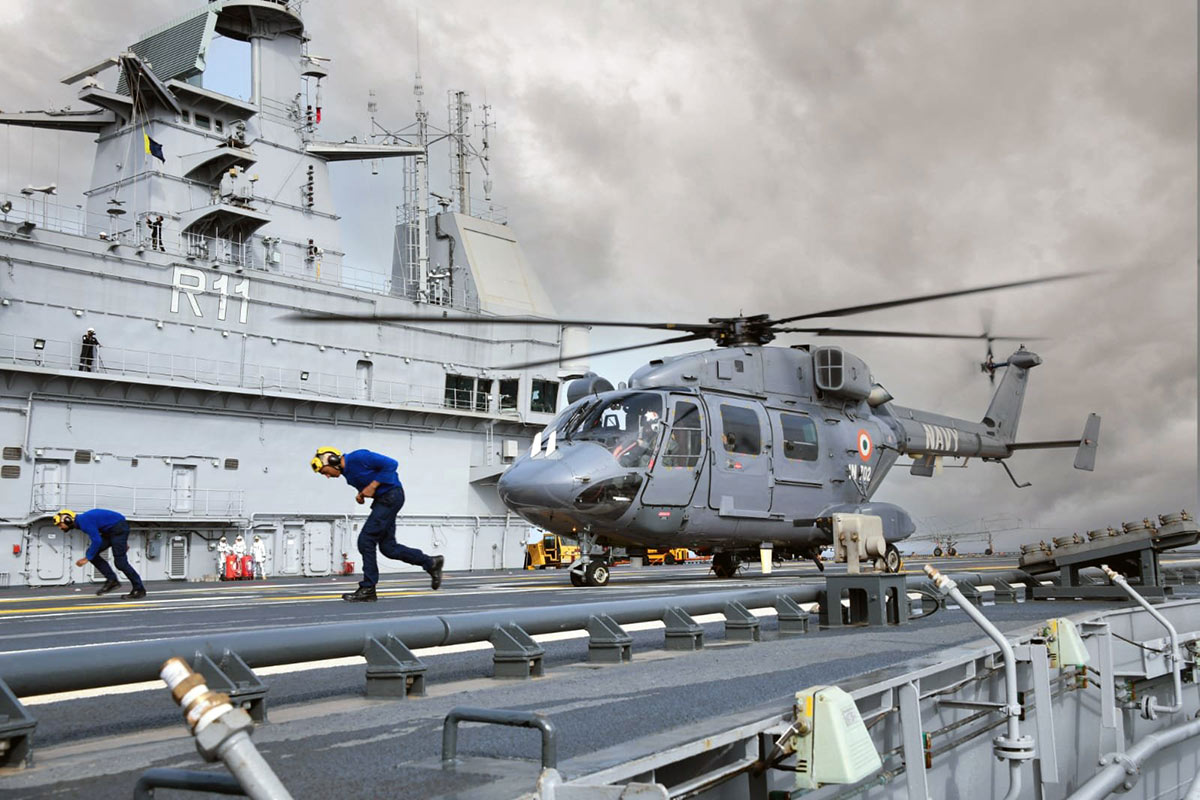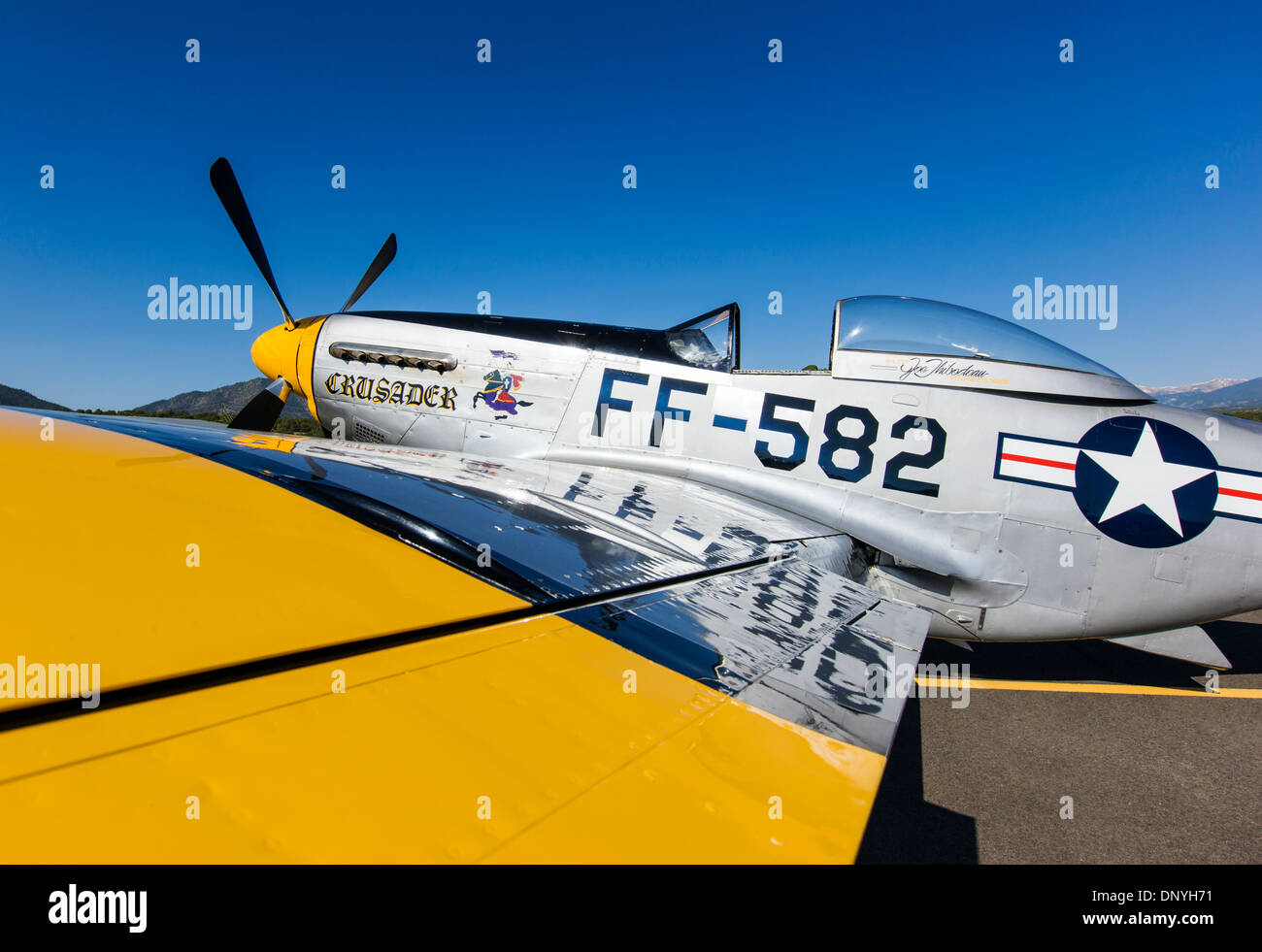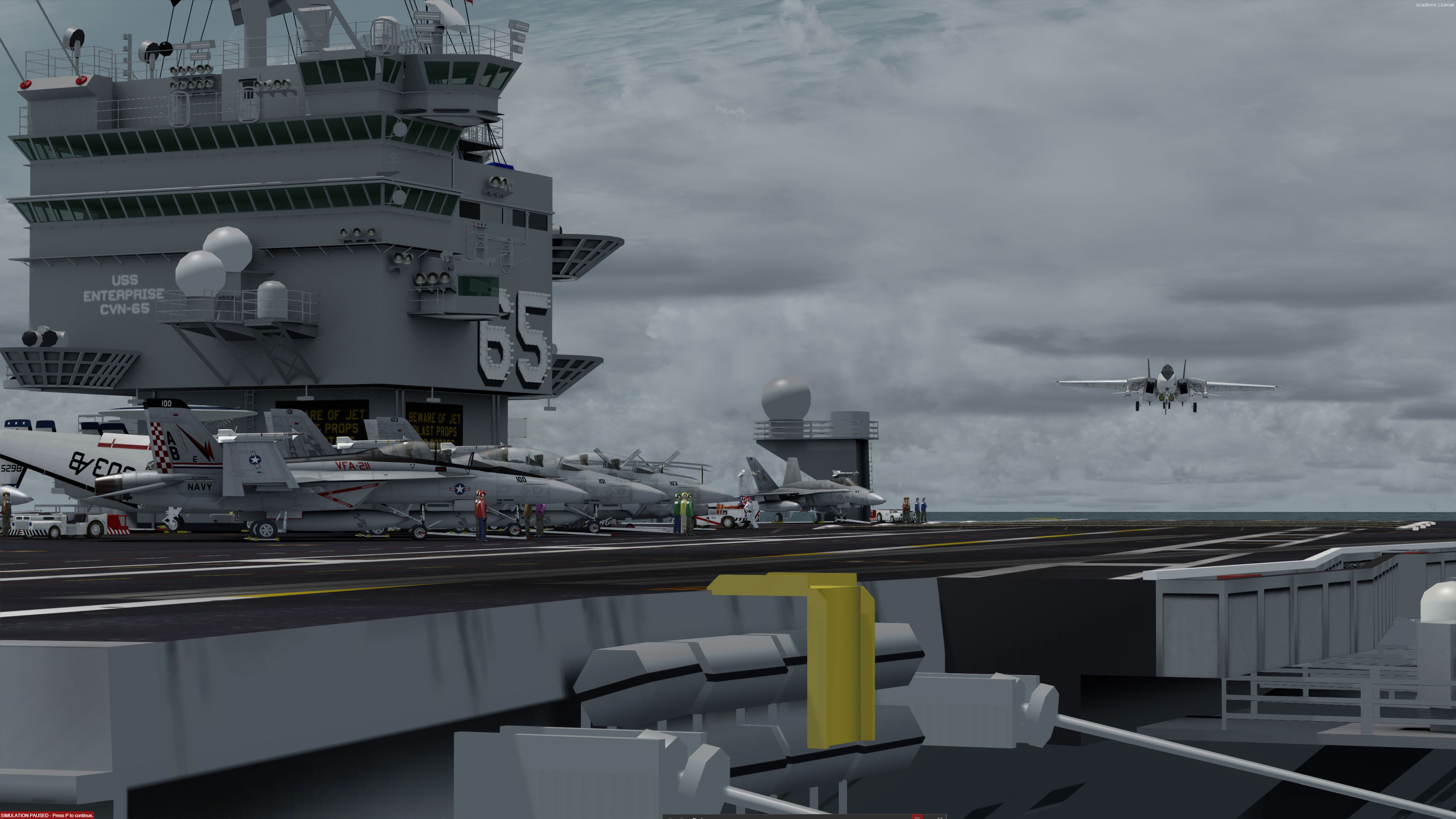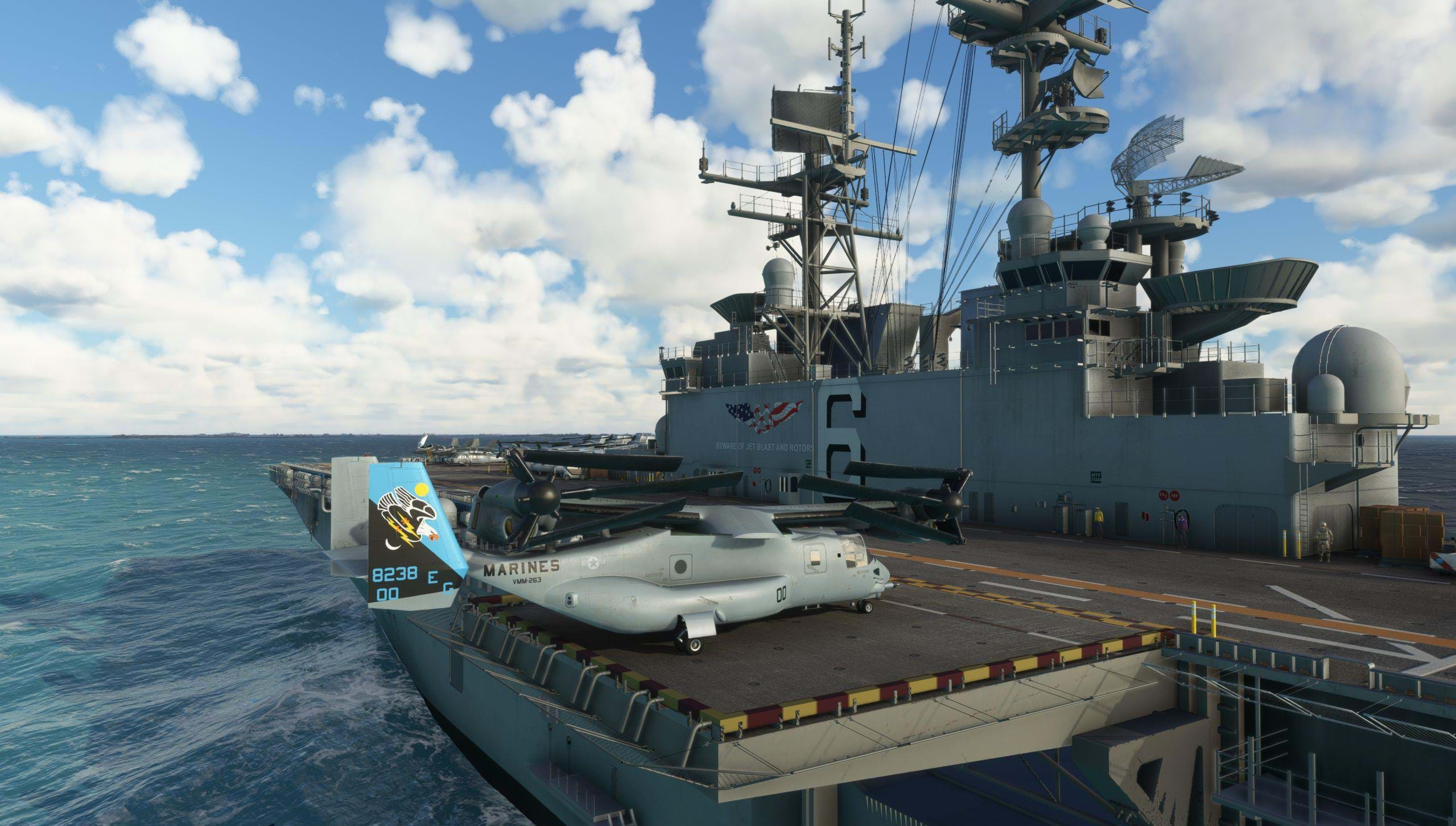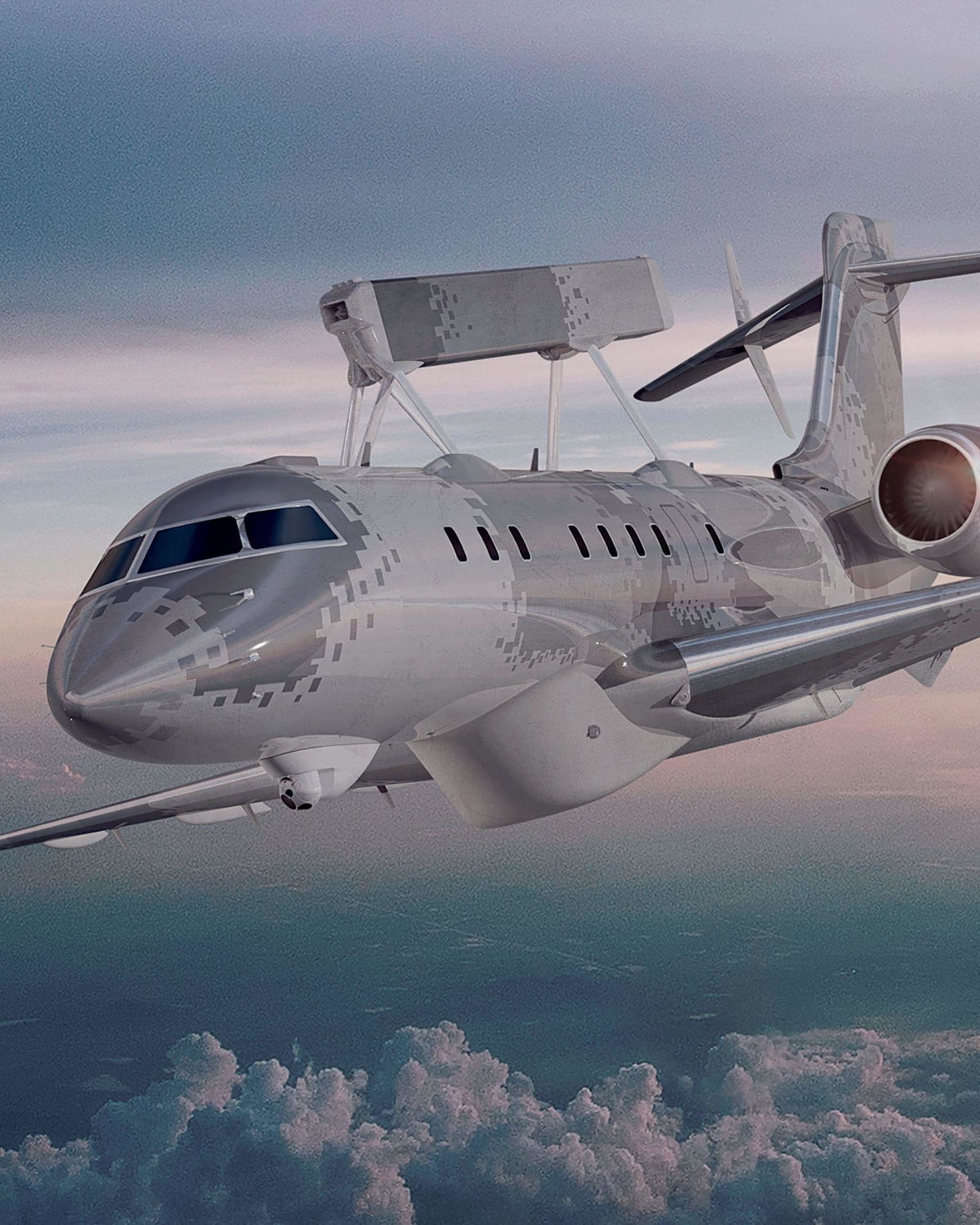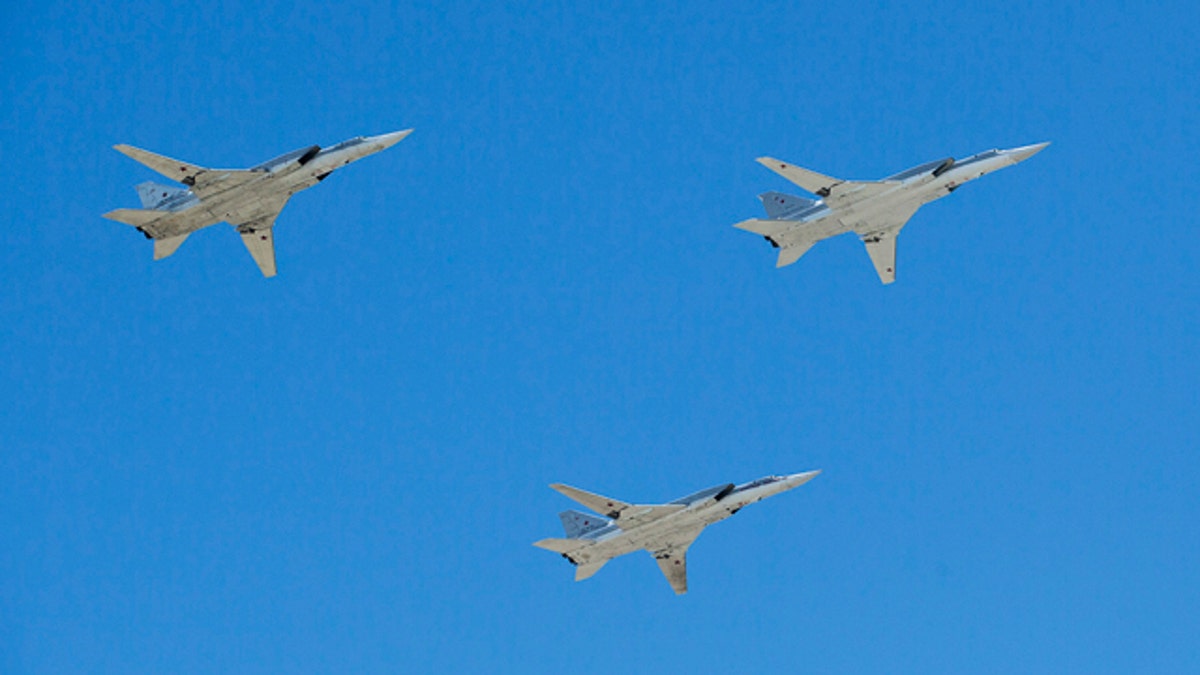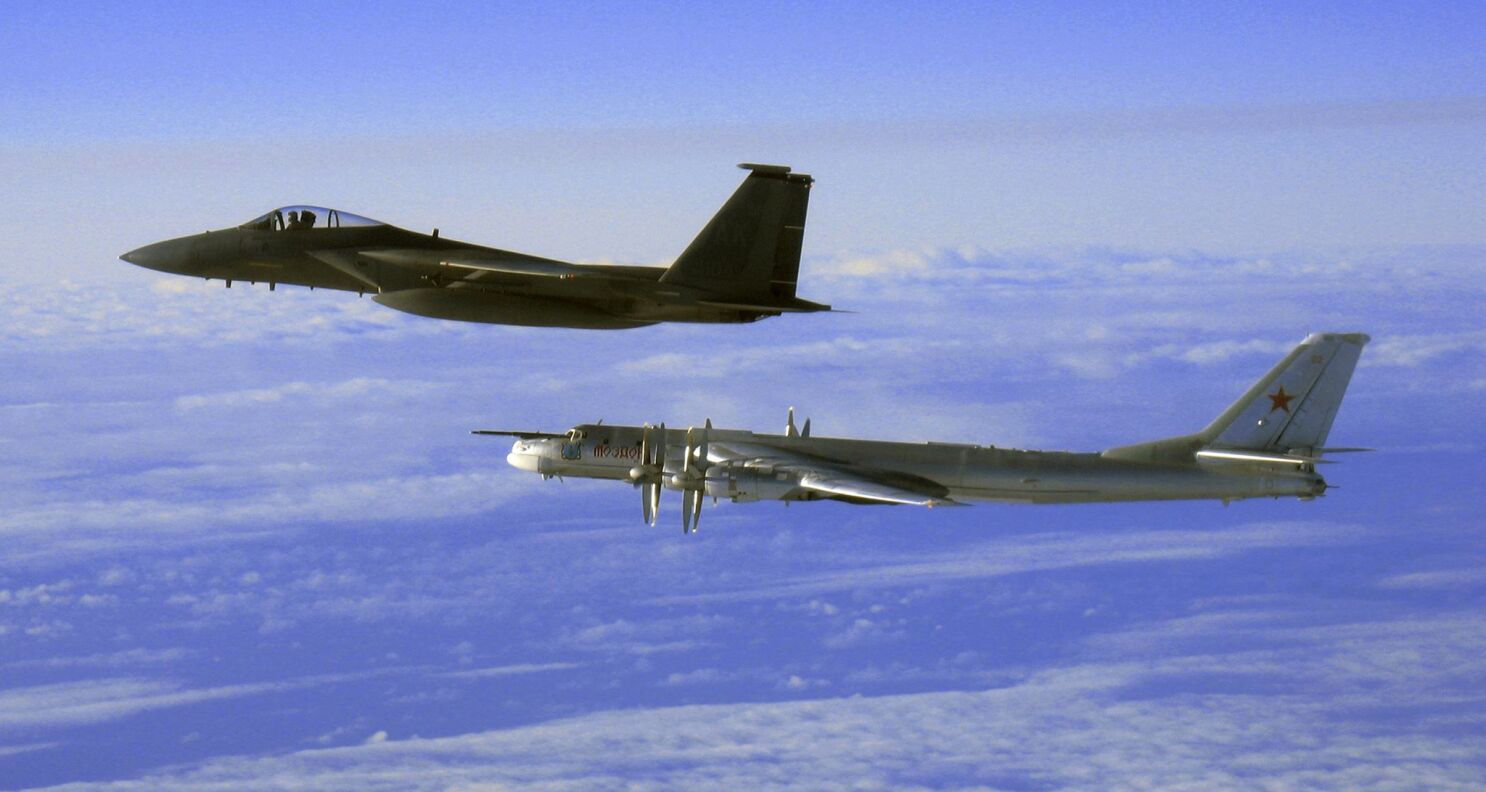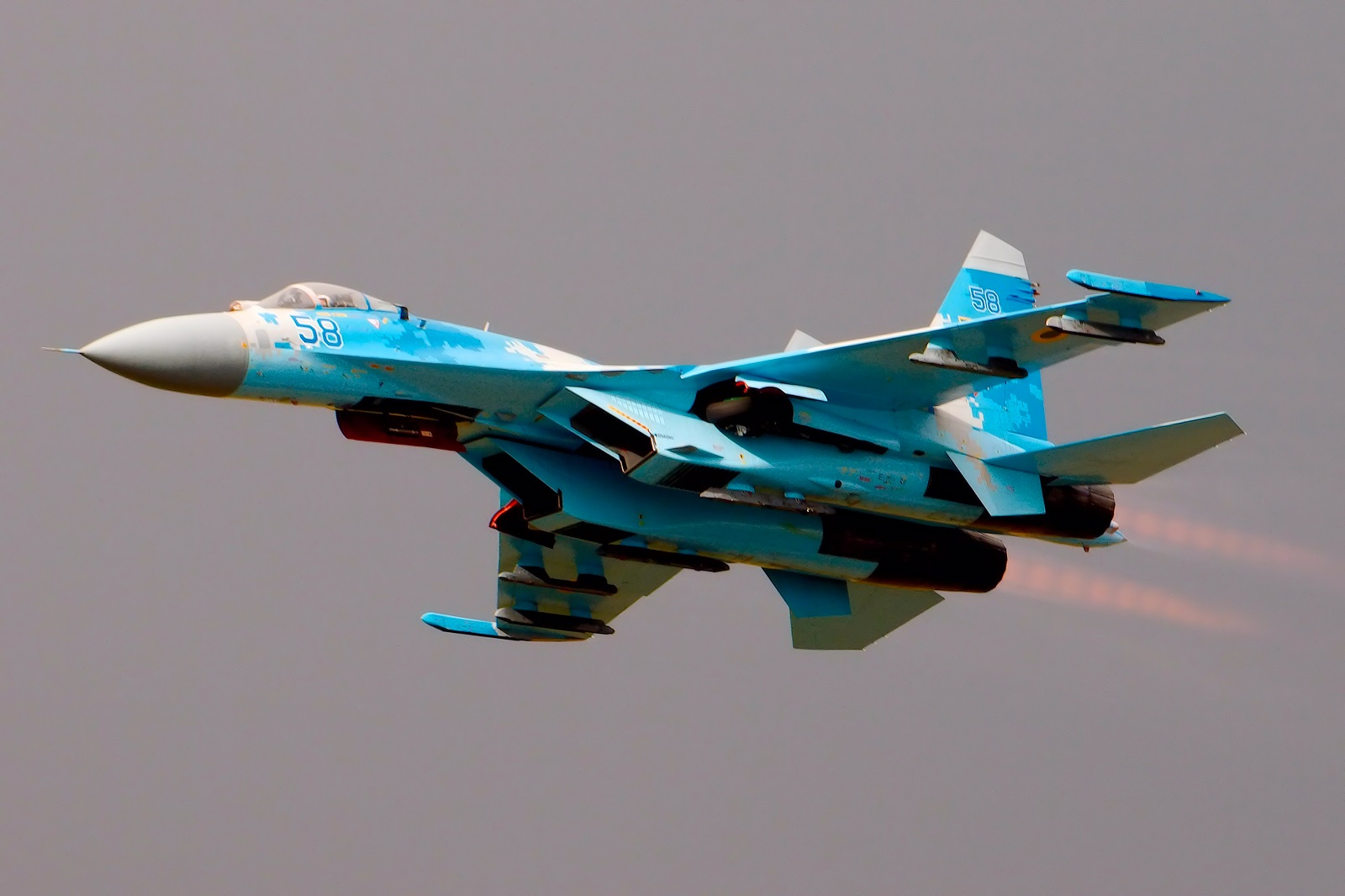Naval Aircraft Ww2 - The Navy's lack of interest in exploring recovery of battle-damaged combatants may reflect the deterrence-minded idea that, if China hits an aircraft carrier, the conflict will be headed towards an irrecoverable escalation, and that, in the face of a nuclear exchange,
the fate of the 5,000-6,000 personnel aboard the hit carrier will prove insignificant. That is wrong. China has repeatedly engaged in direct conflict with at least two nuclear-armed neighbors, and may very well engage in a dust-up with other Pacific stakeholders that, over the next decade, will also be fielding large combatants, amphibious ships, and aircraft carriers
Naval Aircraft Ww2
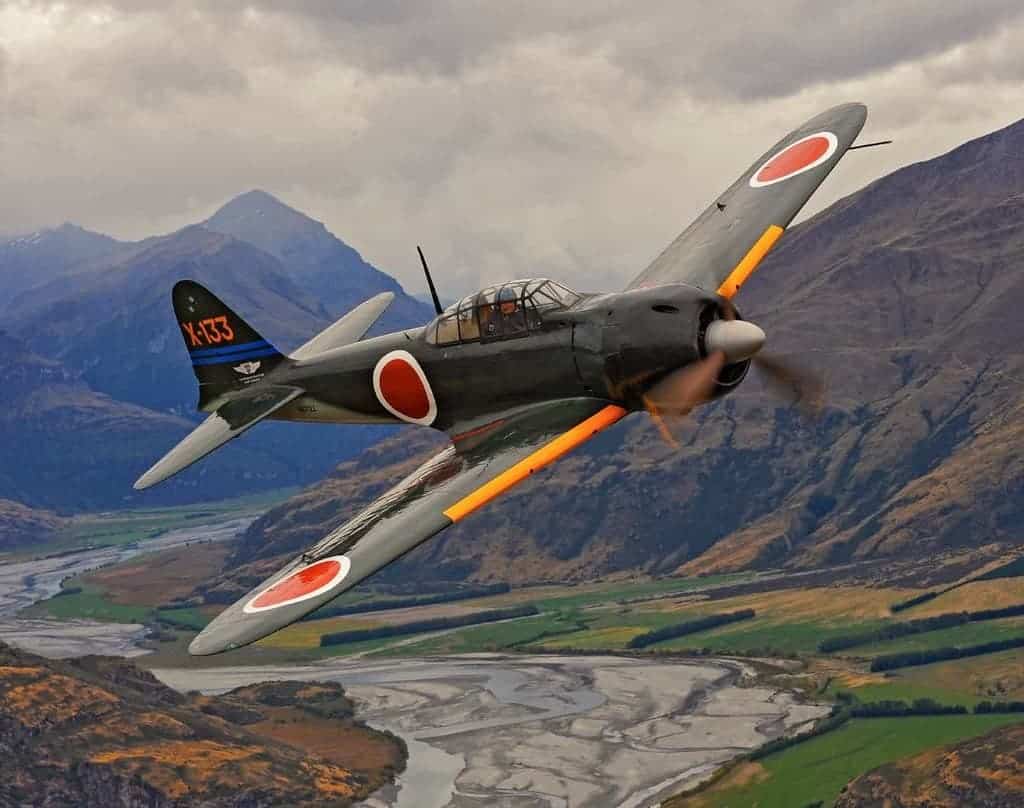
too—just like China. A long-range patrol aircraft designed in the 1930s, the PBY would become one of the most important aircraft in the war. From spotting the Bismarck, to locating the Japanese fleet off Midway, to its vital role in air-sea rescue missions, the PBY was the war's most successful flying boat.
The World War Ii Experience
In-battle recovery of a badly damaged carrier is also unlikely. While the U.S. escorts are capable of towing battle-damaged ships, their recent record isn't great. In 2014, both a U.S. destroyer and a U.S. cruiser failed to tow a fire-damaged Canadian support ship.
And, again, the Navy is not fully accounting for any potential of radioactive releases from the Navy carrier during salvage and damage repair efforts. Still, naval aircraft were the weapons of decision. Although the duels of the great carrier fleets received more attention, air strikes from sea to shore were as crucial in securing control of the seas.
Strikes by the British at Taranto, Italy (November 11, 1940), by the Japanese at Pearl Harbor (December 7, 1941), and by the Americans in the South Pacific at Rabaul (November 5 and 11, 1943) and Truk (February
17–18, 1944) were as important to that end as were the more sensational fleet engagements. Designed by Bell Aircraft, the unusual mid-engine P-39 has the highest number of enemy kills attributed to any U.S.-built fighter in history.
The Age Of The Aircraft Carrier
The lack of an efficient turbo-supercharger meant that the airplane did not perform well at high altitude, but in the hands of Soviet pilots at low altitude over the Eastern Front, the P-39 made a massive contribution to the war effort.
In World War II, carrier battles were fought in close quarters, with escort ships sailing close by the aircraft carrier. When a carrier took a hard hit, escorts rushed alongside to directly support battle damage recovery and remove crew.

Although its role in the Battle of Britain is often overshadowed by the Spitfire, the Hurricane accounted for 60 percent of the losses sustained by the Luftwaffe. The Hurricane was the more stable gun platform and would see service in all the major theaters of WWII.
The Wildcat was America's front-line, carrier-based, fighter at the start of the war. Although the airplane was outmatched by its adversaries, superior tactics developed by US Navy pilots would allow Wildcat squadrons to hold back the Japanese advance.
What The Navy Should Do
Take aircraft carriers. America is confident enough to operate within range of China's “carrier-killer” missiles, and yet, it is sending older aircraft carriers into Chinese-dominated areas of likely conflict, where a sudden loss is less likely to degrade longer-term viability of the
U.S. battle fleet Also, in 1944 and 1945 the U.S. 3rd and 5th fleets, 27 fast carriers strong, took the war successfully against entire complexes of airfields in Formosa (now Taiwan), the Philippines, and Japan itself.
A traditional tactical maxim, “Ships do not fight forts,” was suspended for the duration of the war. As high-value military assets in themselves, America's carrier escorts are unlikely to come alongside to help evacuate the crew and assist firefighting efforts.
Even if they did—and it is unclear if modern cruisers and destroyers have ever tried to come alongside a Nimitz class carrier before—survivors of the 5,000-strong carrier crew would overwhelm the escorts, eliminating their combat effectiveness.
How To Handle A Hurt Carrier?
Add in the complexities of managing survivors potentially contaminated by radioactivity from the hurt carrier's nuclear power plant, and a well-meaning rescue effort can quickly become a fiasco. For the U.S., the prospect of a 90% post-attack survival rate leads to the daunting challenge of getting more than 4,000 potentially hurt, traumatized, or radioactively contaminated people off the stricken carrier, out of the danger zone, and into a safe haven
where they can be stabilized. Nicknamed the Wooden Wonder, the Mosquito, built primarily out of wood, was among the fastest aircraft in the world when it was introduced in 1941, capable of reaching speeds over 400 mph while carrying up to 4,000 lbs of bombs.

A good test solution might come through enhanced—and speedy—naval collaboration with the U.S. Coast Guard. The Coast Guard—America's at-sea lifesaving service—is already very worried about safely getting thousands of passengers off mega-sized cruise ships in a hurry.
And, in the Pacific, Cutter captains have expressed the desire for a support ship, capable of holding suspected drug runners and fast enough to move about the fleet, allowing cutters to remain on-station for drug interdiction work.
These options show that some sort of a fast-rescue craft is likely to have wide utility and may be well worth exploring. The most ubiquitous of the US military's primary trainers, the Stearman could accommodate a student and an instructor in its open cockpits.
While it was easy to fly, it was a challenge to fly well, making it an excellent training platform. Even if China managed to successfully attack and sink an American aircraft carrier, past military action suggests much of the stricken carrier's crew and air wing would likely survive.
In World War II, America lost four big fleet carriers to military action. In each case, none lost more than 10% of their crews. Thousands were rescued, living to fight another day. Early in World War II the primary instrument for delivering naval combat power became the aircraft carrier.
The reason was range: aircraft could deliver a concerted attack at 200 miles or more, whereas battleships could do so only at 20 miles or less. The foremost tactical question during the transition in the 1920s and 30s was whether aircraft could lift enough destruction to supersede the battleship.
Into the 1930s skeptics were correct that aircraft could not. But by the end of that decade, engines were carrying adequate payloads, dive-bomber and torpedo-plane designs had matured, carrier arresting gear and associated flight-deck handling facilities were up to their tasks, and proficient strike tactics had been well practiced.
U.S. and Japanese naval aviators were pacesetters in these developments. A trainer for the Soviet Air Force and the most produced biplane in history, with over 30,000 estimated to have been built, the Po-2 would become famous for its role in night bombing missions on the Eastern Front.
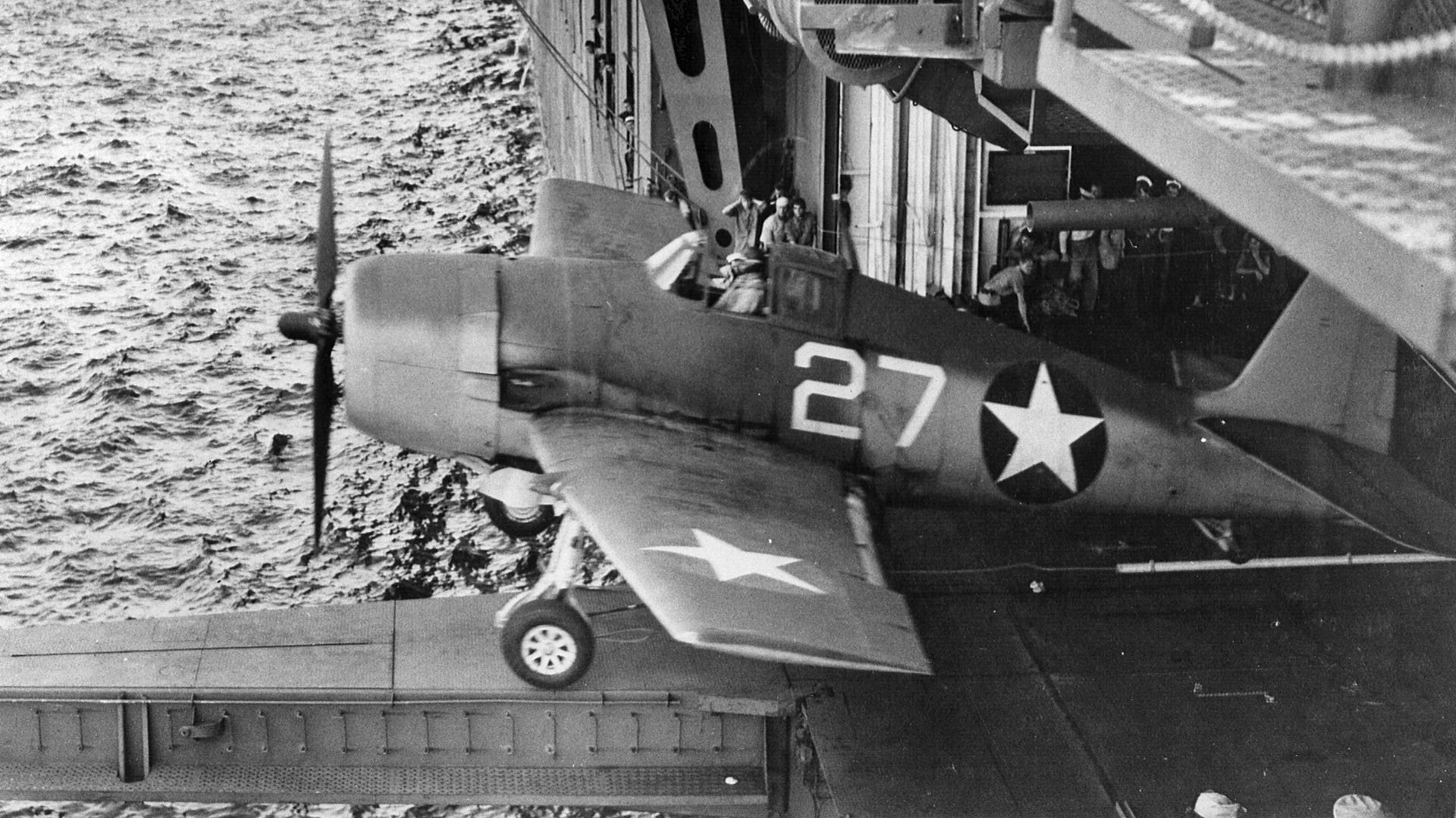
One of the smallest and lightest combat fighters of the war, the Yak-3 was easy to maintain and had an impressive power-to-weight ratio. When it entered service in July 1943 it was superior to both the Fw 190 and Bf 109G at altitudes below 16,000 feet.
Today, America employs far fewer ships to escort carriers. In the South China Seas, the core escort group for the USS Nimitz (CVN 68), Carrier Strike Group (CSG) 11, consists of only three destroyers and one cruiser.
In World War II, the two U.S. carriers at the Battle of Santa Cruz Islands split a large escort force of one battleship, six cruisers and twelve destroyers. The new tactical formation was circular, with carriers in the center defended by an antiaircraft and antisubmarine screen composed of their own aircraft plus battleships, cruisers, and destroyers.
For offensive purposes, a circle allowed a rapid simultaneous turn by all ships in a task group in order to launch and recover aircraft. For antiaircraft defense, the circle was shrunk in diameter as tightly as possible so that each screening ship, by defending itself, helped defend its neighbor.
Liaison Aircraft like the L-5 filled many of the roles played by helicopters in the modern military. Casualty evacuation, artillery and close air support spotting, reconnaissance, delivery of urgent supplies, aerial direction of ground convoys and even the laying of communication wires from the air were all roles regularly filled by the L-5.
The command and control structure polished by the U.S. Navy during the war was the third vital component, after scouting and the delivery of firepower. The tangible manifestation of modern C2 was the Combat Information Center, which centralized radar information and voice radio communications.
By 1944 the tactical doctrine of coordinating fighter air defenses, along with the now much strengthened antiaircraft firepower on ships of the fleet, was so effective that in the Battle of the Philippine Sea (June 19–21, 1944) more than 90 percent of 450
Japanese aircraft were wiped out in a fruitless attack on Admiral Raymond Spruance's 5th Fleet. In the closing days of the war in the Pacific, the Battle of Okinawa served to indicate the nature of future combat at sea.

By that time the U.S. Navy had reduced the Japanese Navy to impotence, and manned aircraft could not penetrate the sure American defenses. Nevertheless, during the three-month campaign for Okinawa (April–June 1945) the U.S. Navy lost 26 ships and suffered damage to 164 more—this time to Japanese kamikazes (suicide pilots) flying out of airfields in Japan.
The pilots who flew these one-way missions were delivering, in effect, human guided missiles. Kamikazes showed that missiles could, on sufficient occasion, get through otherwise impenetrable defenses. The missile-guidance technology exhibited in the late stages of the war in Europe indicated that missiles would be the kamikazes of the future.
And the atomic bomb offered the ugly threat of “one hit, one kill” at sea. Chinese military theorists regularly trumpet China's ability to strike American aircraft carriers. The U.S. Navy, confronted by China's vast land-based missile arsenal and a doctrine aimed at exploiting decisive surprises, is confident that the fleet can survive whatever China throws at it, but it is quietly balancing risk with operational resilience.
Originally designed as a Torpedo Bomber, the Avenger would move past an inauspicious debut at the Battle of Midway to become the most effective and widely used Torpedo Bomber of the war. They would also see service as carrier-based conventional bombers and anti-submarine warfare aircraft.
Designed as a short-range, high-performance interceptor, the Spitfire would become a symbol for British resistance against the Germans during the Battle of Britain. The impact it had on morale, and its performance in combat have led some to call it “The Airplane that Saved the World.”
As the risk of an at-sea confrontation looms in the Pacific, the U.S. Navy has an obligation to reinvest in long-lost organic salvage and medical “ambulance-like” assets. Given the risk, sending multiple carrier strike groups into potential combat without attending support craft is irresponsible.
The recently christened USNS Cody (T-EPF-14), a fast biomedical support catamaran, is a step in the right direction, but the Navy needs to think far harder about how it will recover sailors from hurt and sinking ships.
The old, World War II-era ambulance boats—called PCE(R)s—offer a good template, but they are too slow to keep up with the modern carrier strike group. The Navy needs a simple, speedy lifesaving craft that is capable of both quickly recovering adrift sailors and able to go alongside a stricken carrier, quickly receiving hundreds—if not thousands—of crew members.
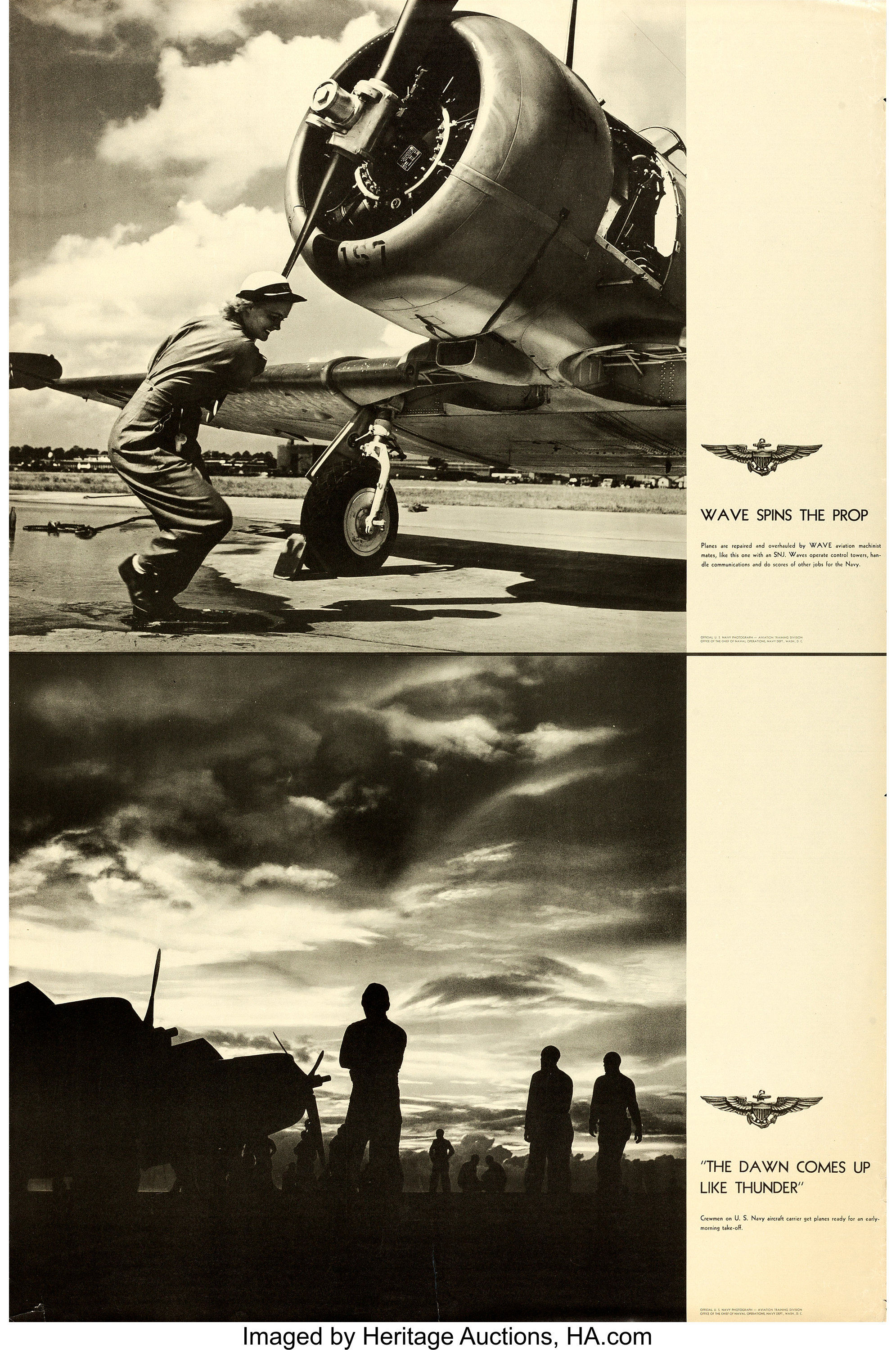
Those rescued need to be stabilized and quickly moved to a safe area. This led to fast, life-saving responses. When the USS Hornet (CV-8) was sunk in the World War II battle of the Santa Cruz Islands, the Navy moved quickly to get the crew off the stricken ship.
Within six hours of the initial morning attack, at least three destroyers went alongside, rescuing 800 non-essential personnel and 75 wounded. Over the intervening hours, Japan pressed more attacks at home. After the ship was formally abandoned in the late afternoon, nearby escorts needed less than two hours to recover "all but two rafts and two boatloads of survivors".
Despite facing repeated attacks and a hail of fire, only 140 of the carrier's 2,200 sailors were lost. Twenty-one of the carrier's eighty or so aircraft went down the ship. Regular Chinese bellicosity—amplified by the western press—has done a great job of scaring the U.S.
public. Outside of naval circles, China's astute “carrier killer” marketing efforts have built a sense of grim inevitability across the Pacific—that, if U.S. carriers are attacked, the Chinese strikes will hit, and once they do, everybody aboard will be lost.
To address this shortage, the Navy is building Navajo class (T-ATS-6) rescue and salvage ships, but Navy progress towards building out an expected nine-ship fleet is painfully slow. The lead ship, awarded back in 2018, is still incomplete.
Naval service is never risk free, and everyone in the maritime security business knows that aircraft carriers will be high-priority targets for any adversary. China, according to Army Secretary Christine Wormuth, is "going to go after the will of the United States Public" and "erode support for the conflict."
It is obvious that Chinese strategists believe a sunk carrier is a great way to do this. Salvage assets are in short supply. During the Cold War, the U.S. maintained a big salvage fleet. In 1983, the U.S.
Navy had 10 salvage, tug, and rescue ships in commission, 7 seagoing tugs in the Military Sealift Command, and several others in reserve. Today, those salvage and deep-water towing assets, replaced by commercial contractor support, have virtually vanished from the U.S.
arsenal Only one large tugboat and two salvage ships remain in the fleet. In a battlefield contingency, nothing will be available quickly.
us naval aircraft ww2, list of naval aircraft, british naval aircraft ww2, current naval aircraft, us naval aircraft history, german naval aircraft ww2, japanese naval aircraft ww2
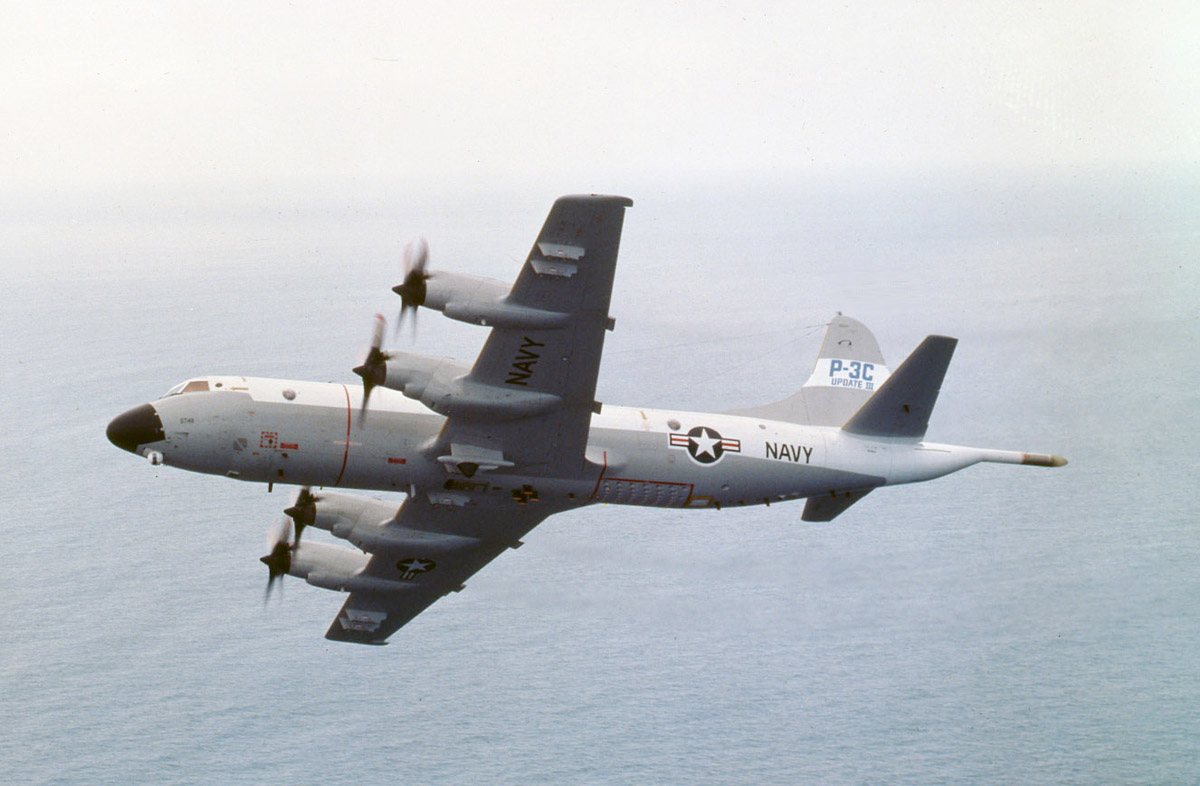






![Dvids - Images - F-35C Lands Onboard Uss Nimitz [Image 10 Of 14]](https://cdn.dvidshub.net/media/thumbs/photos/2203/7086009/2000w_q75.jpg)
![Italian Navy F-35B Onboard The Aircraft Carrier Cavour [4096X2731] : R/Warshipporn](https://preview.redd.it/italian-navy-f-35b-onboard-the-aircraft-carrier-cavour-v0-fg40qpbszic81.jpg?auto=webp&s=82457e2d5069b4172e8c545f809e2f40a98d9096)
